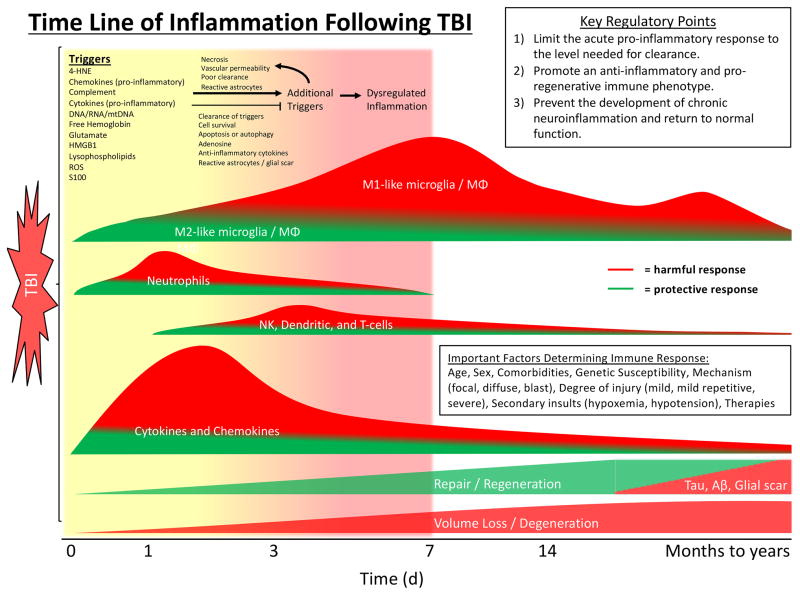Figure 1. Overview of Neuroinflammation after TBI.
Primary mechanical injury to the CNS may cause cell membrane disruption, vascular rupture, and BBB damage followed by secondary reactions involving ionic imbalance, release of excitatory amino acids, calcium overload, and mitochondrial dysfunction - ultimately culminating in cell death pathways. Primary and secondary injury lead to release of DAMPs, cytokines, chemokines, activation of microglia and astrocytes, and recruitment of circulating immune cells. These immune responses largely overlap temporally. The inflammatory response is crucial to clearance of debris, repair, and regeneration after TBI. However, dysregulated inflammation can lead to additional acute and chronic brain injury.
Abbreviations: CNS, central nervous system; BBB, blood brain barrier; DAMP, damage-associated molecular pattern; TBI, traumatic brain injury

